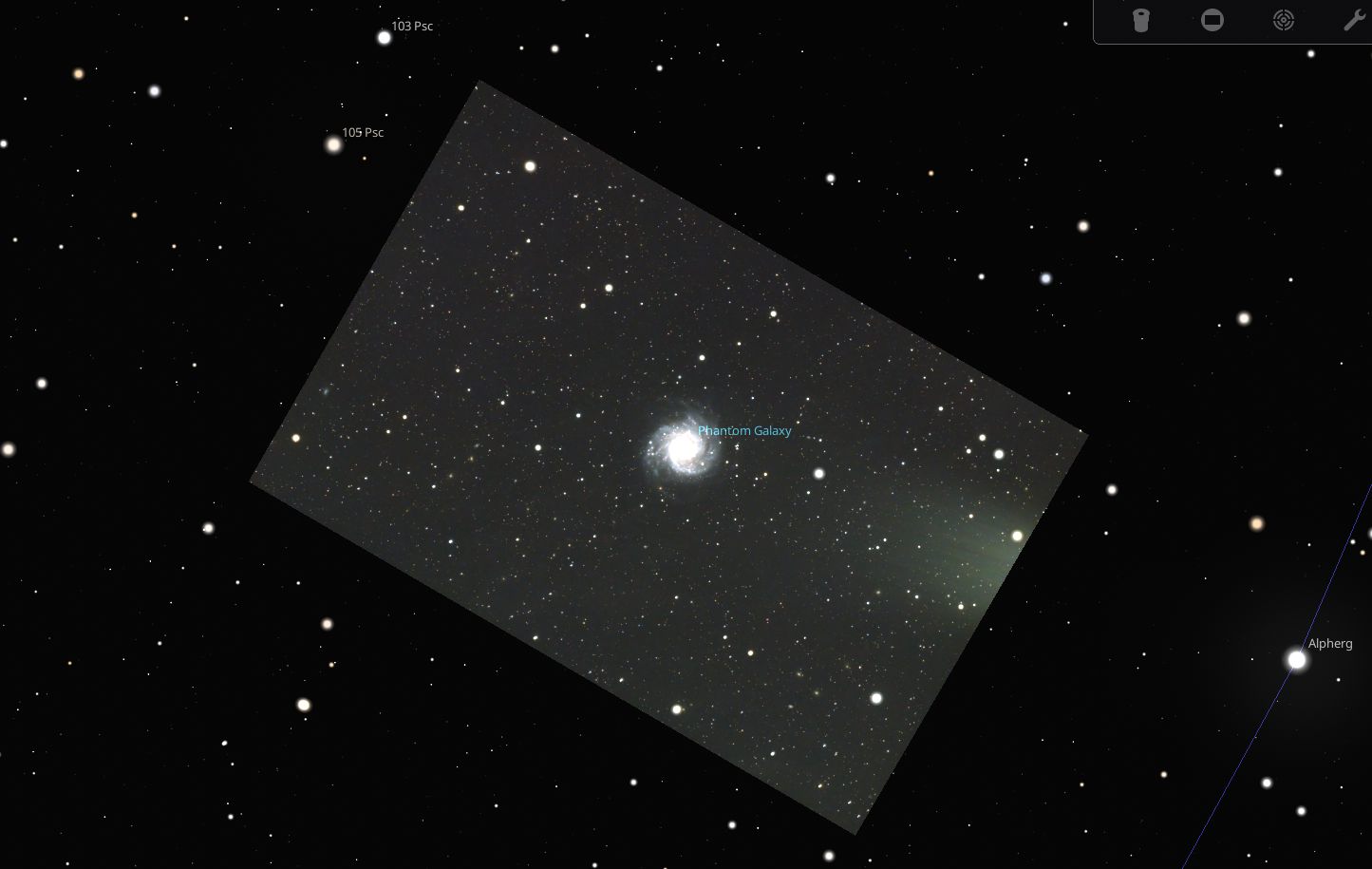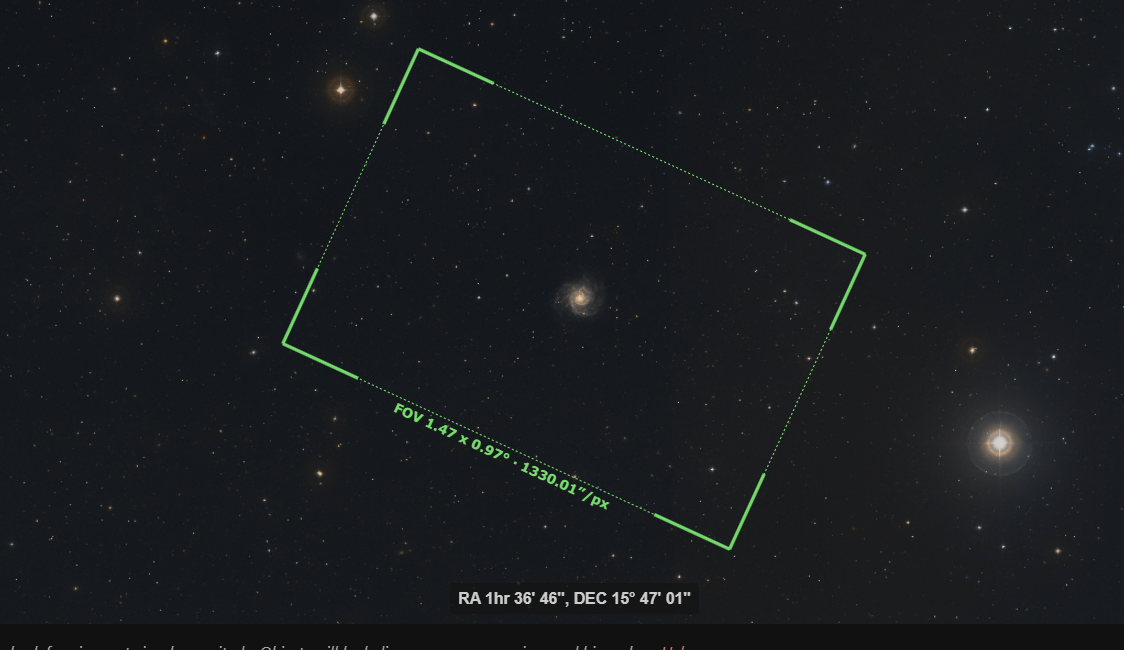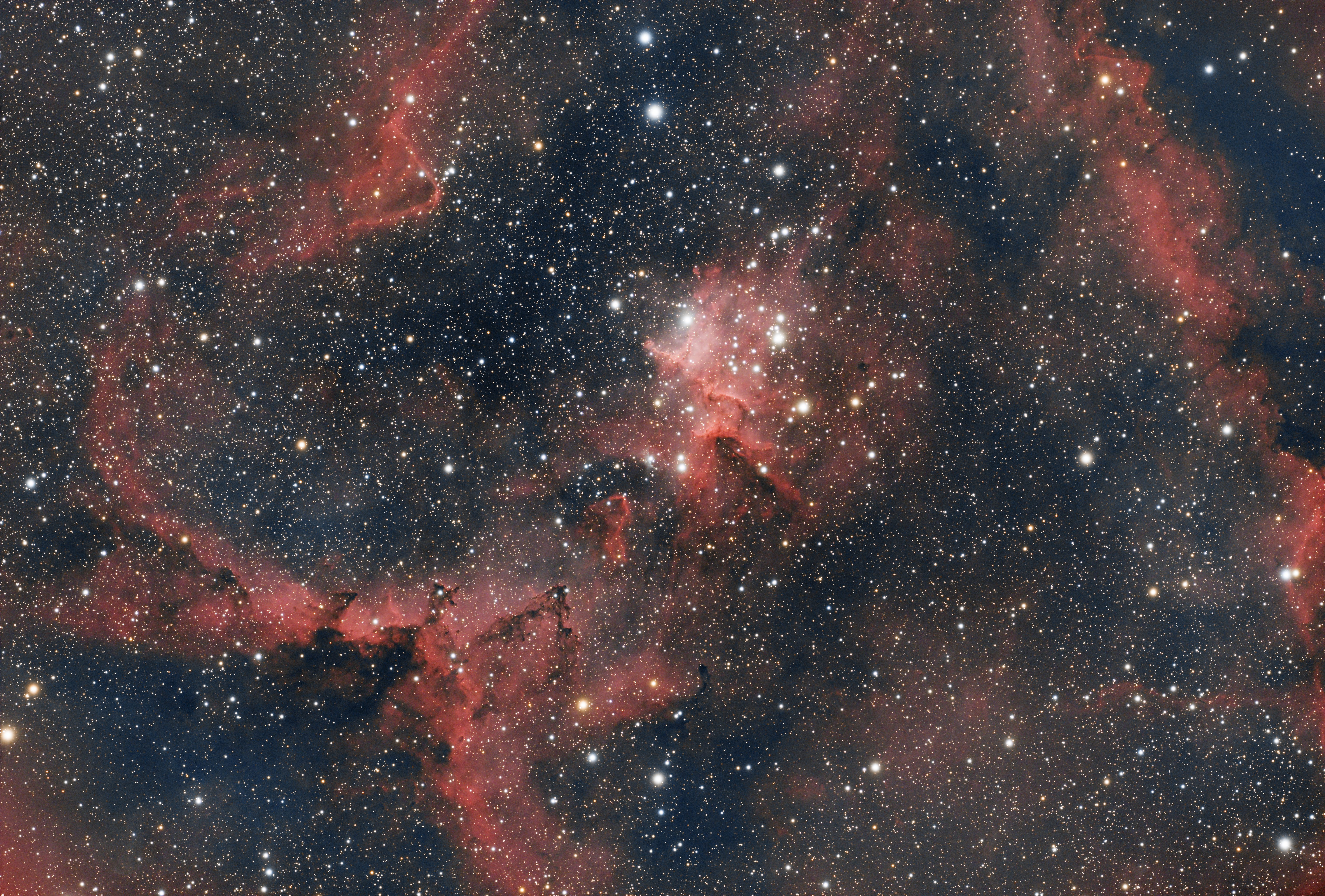I shot M74 last night and having processed the frames, have something that looks like amp glow. I know it can't be; my camera is an ASI2600MC Pro, but I can't work out what it is.
It was taken through a Vixen SD115, so I can't imagine there were any light leaks and even if there were, wouldn't the brightness spread around as the scope tracked? I've checked the individual frames using Blink in Pixinsight and no visible issues there.
Maybe there was a supernova just out of frame and I missed it? How exciting!

It was taken through a Vixen SD115, so I can't imagine there were any light leaks and even if there were, wouldn't the brightness spread around as the scope tracked? I've checked the individual frames using Blink in Pixinsight and no visible issues there.
Maybe there was a supernova just out of frame and I missed it? How exciting!



